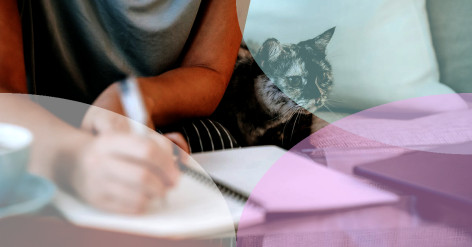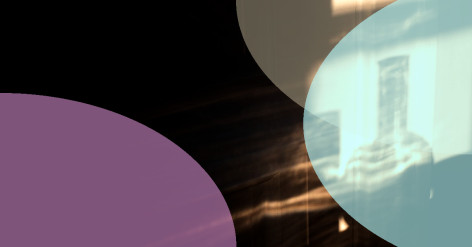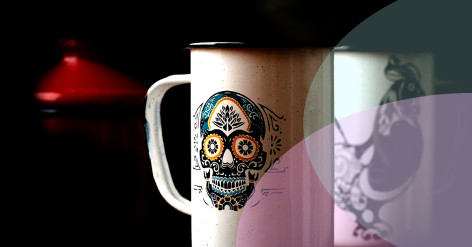How to Choose the Right Knitting Needles for Your Next Project
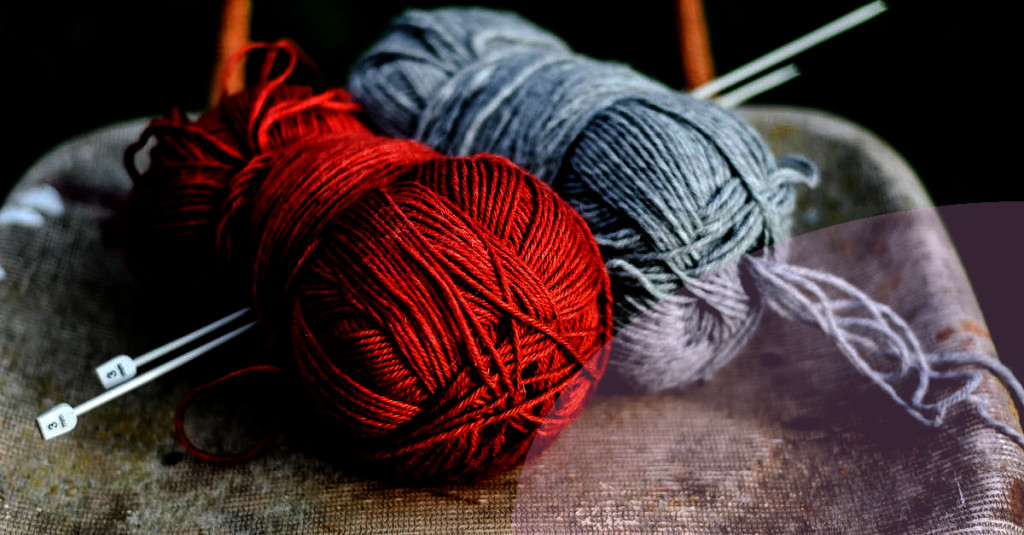
Sink or Swim in the Sea of Knitting Needle Types
Knitting is a comfort activity, a change to connect with old memories, or simply an opportunity to create something warm, snug, and beautiful. If you are just starting out in the knitting world or are a veteran looking to expand your skills, one crucial aspect to consider is the knitting needles themselves. Choosing the right knitting needles can greatly enhance your knitting experience but it can often feel overwhelming due to arrays of types, sizes, and materials available.
Let's embrace the rainbow of knitting needles and unravel the knot of choosing the right one for your next project.
Decoding Knitting Needle Sizes
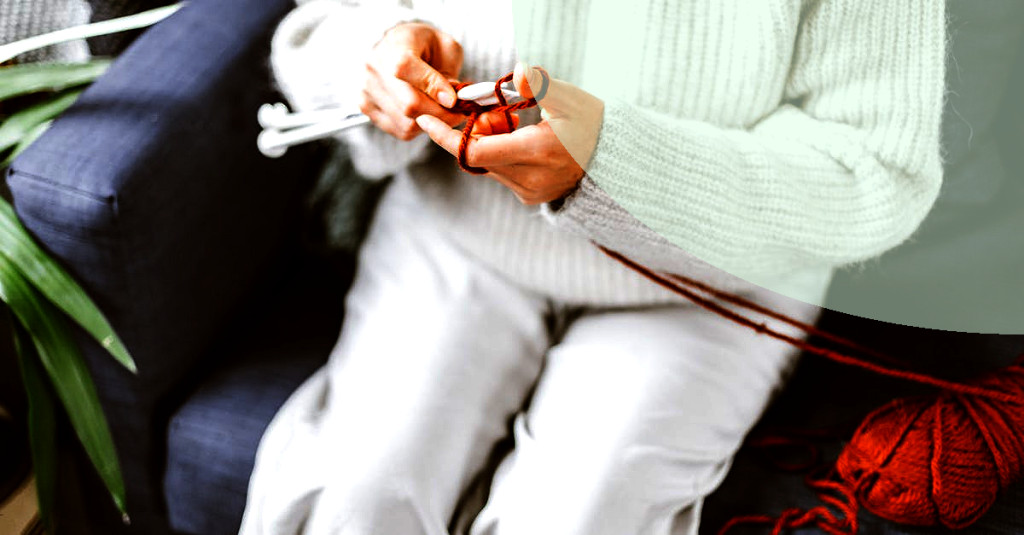
Stand at any craft store's knitting needle section, and you'll see a vast sea of choices. Essentially, knitting needles come in 3 types: straight, circular, and double-pointed.
Straight Needles:
A perfect choice for beginners, straight needles consist of a point at one end and a knob at the other to prevent stitches from slipping off. They're best suited for knitting flat pieces like scarves, washcloths, or even a simple blanket. A variety of brands offer these classic needles, with companies like Clover leading the pack.
Circular Needles:
Ideal for knitting in the round or for large flat pieces like shawls and adult-sized blankets, circular needles come in various lengths, accommodating different project sizes. The needle tips are connected by a flexible cable, allowing for easy movement and less strain on hands. Companies such as Knit Picks have an excellent variety of these needles.
Double-Pointed Needles (DPNs):
These needles usually come in sets of four or five and are used for small circular projects like socks, hats, and sleeves. Each end of the needle is pointed, allowing for stitching from either side.
Weighing the Advantages: Needle Materials Matter
Besides different types, knitting needles come in a plethora of sizes. This handy size chart from the Craft Yarn Council can help you understand the relationship between needle size, yarn type, and the resulting fabric.
The size of a knitting needle is directly related to the size of the stitches and consequently, the overall density of the knit. Smaller-sized needles create tight, dense fabric ideal for projects requiring a bit of stiffness, while larger needles give a looser, airy result.
Another critical factor to consider when choosing knitting needles is the material they're made from - each having its own unique attributes.
Bamboo:
Bamboo needles are lightweight, have a little "grab" on the yarn, thus preventing stitches from sliding off too easily - a boon for beginners. However, they may not be as slick or smooth as other types, which could slow your knitting speed a tad.
Metal:
Metal needles, usually made from brass, stainless steel, or aluminium, are incredibly durable and provide a very smooth surface for speedy knitting.
Plastic:
The best budget-friendly option, plastic needles are light and smooth. They are particularly useful for thicker yarns and larger projects.
Wood:
Wood needles offer the best of both worlds between bamboo and metal. They are warm, have a bit of "drag" to prevent stitches slipping off but are slick enough for a good knitting speed.
In conclusion, there's no one-size-fits-all answer when it comes to choosing knitting needles. It's a personal choice, influenced by your project needs, knitting style, and preference. Don't be afraid to experiment! Happy knitting!

